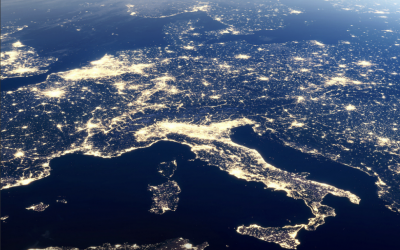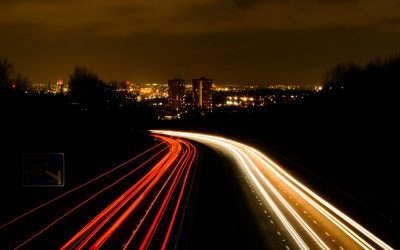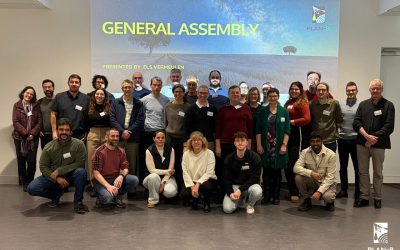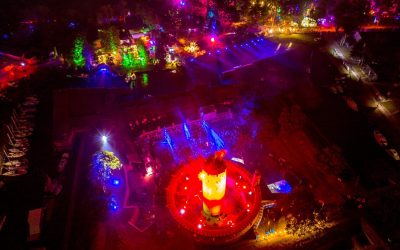The European Light Pollution Manifesto
The European Light Pollution Manifesto

Tackling noise and light pollution
for a Sustainable Tomorrow
The Path Towards Addressing Adverse Impacts of Light and Noise Pollution
on Terrestrial Biodiversity and Ecosystems
Our PLAN-B latest news
Online Workshop on Light Pollution Regulation: Meet the panelists
On 21 May, the online workshop ‘Light Pollution Regulations in Practice: Challenges and Perspectives’, organised by PLAN-B, will take place, where specialists from all over Europe will share their experiences. You can ensure your spot by registering for free at the...
PLAN-B in the Adrisky Project conference
Last 10 April our co-scientific coordinator Yana Yakushina intervened as keynote speaker and talking about light pollution regulations and the PLAN-B Project at the 1st AdriSky Project Conference – Dark Skies, Thriving Lives: Addressing Light Pollution’s Impacts on...
Event Announcement: Online policy Workshop on Light Pollution Regulation
Light Pollution Regulations in Practice: Challenges and Perspectives 21 May 2025 | 12:00–17:00 CET | Online | Free Registration. The PLAN-B Project invites policymakers, researchers, industry professionals, and stakeholders to participate in an international online...
[Report] Zero pollution monitoring and outlook 2025
The monitoring and outlook assessment, published jointly by the European Commission's Joint Research Centre and the EEA, serves as regular bi-annual check-up on the progress of Member States in achieving the EU’s zero-pollution targets. The PLAN-B Project and AquaPLAN...
The European Light Pollution Manifesto
Light Pollution Policy & Regulations A significant focus of our project is dedicated to analysing existing regulatory frameworks aimed at addressing light pollution, as well as proposing the most effective regulatory and policy measures to strengthen environmental...
The light and noise pollution issue arrives to the House of Lords
A policy brief recently published by the House of Lords Library focuses on the damage caused by noise and light pollution. The document summarises the general effects of light and noise pollution and how the issue is regulated in the UK. A policy brief recently...
The PLAN-B hybrid event: Consortium meeting & Stakeholders workshops
From 5 to 7 February, the annual hybrid event of our PLAN-B project took place in Leipzig (Germany), which served to present the progress of the project in its first year of development, and to join forces with its network of stakeholders through workshops and joint...
Gdańsk Takes Action Against Light Pollution: A Step Towards a Darker, Healthier Night Sky
City Officials and Researchers Collaborate to Reduce Artificial Light’s Impact on Health, Wildlife, and Urban Landscapes Gdańsk is increasingly recognizing the adverse effects of light pollution on both human health and the environment. In response, the city is taking...
PLAN-B Upcoming Events & Activities
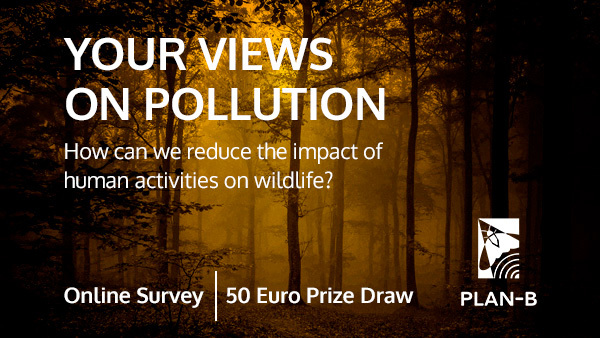
PLAN-B Survey on social and psychological drivers of pollution
Help us reach 1,000 responses!
Share your perception of light and noise pollution with us.
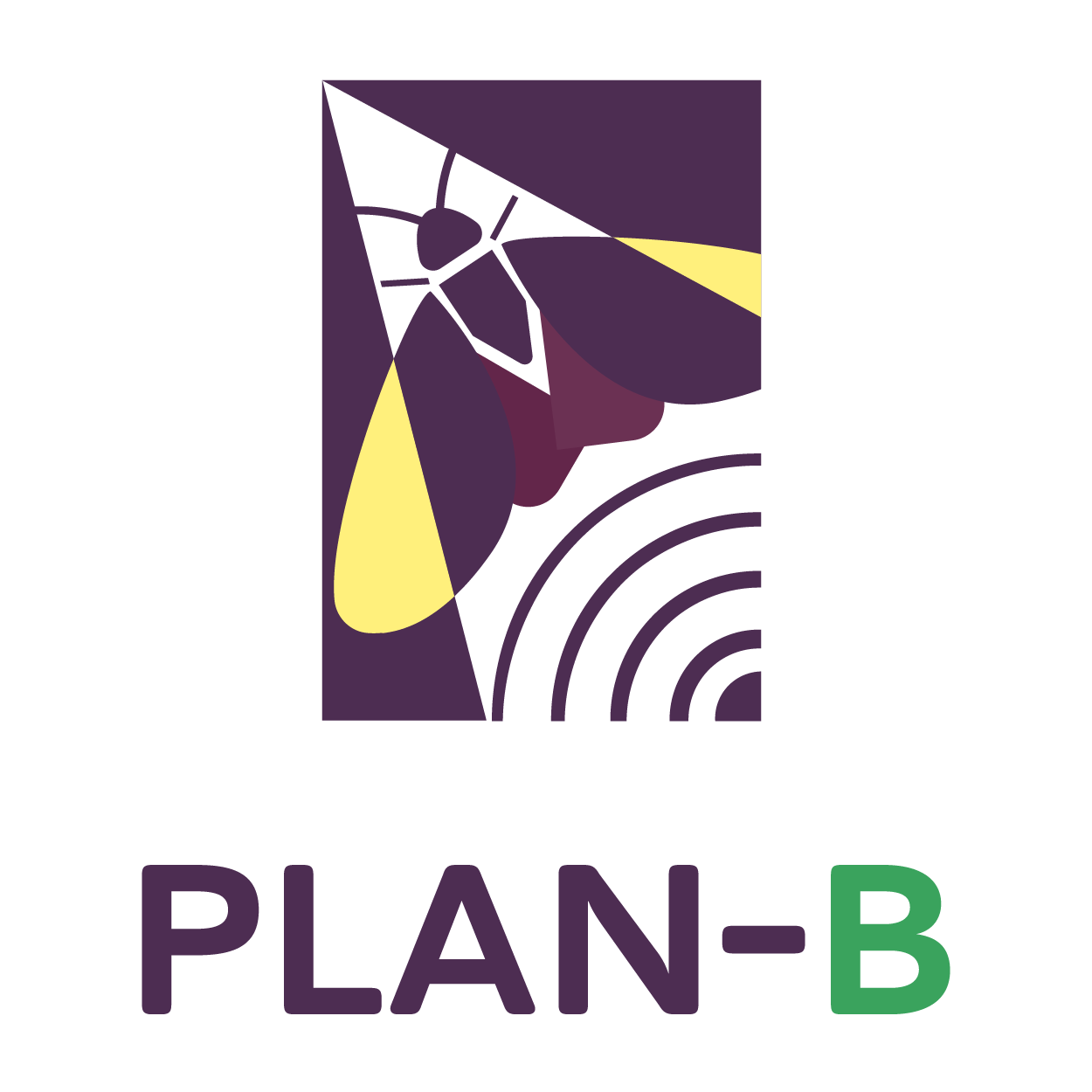
PLAN-B is an EU funded (Horizon Europe) project that aims to create the enabling conditions to support the activities planned in the EU Biodiversity Strategy for 2030, and provide new paths to tackle light and noise pollution in European ecosystems, according to the EU and international biodiversity targets.

4 years project

8 countries involved

12 consortium members

2.4M € Funding
Our PLAN-B Key Outputs
Knowledge Database
An open-access database on light and noise impacts on terrestrial biodiversity and ecosystem services.
New Scientific Models and Maps
Spatiotemporal models for evaluating noise and light impacts on the terrestrial environment, along with light and noise pollution maps of Europe.
Communities of Practice (CoPs)
Sustainable CoPs, focused on key stakeholder groups, addressing the impacts of light and noise on terrestrial biodiversity and ecosystem services.
Policy Briefs
Recommendations for strengthening legal and policy frameworks to reduce the impacts of light and noise pollution on terrestrial biodiversity and improve decision-making.
Handbook of Solutions
A compendium of established and innovative regulatory, social, environmental, planning, and technological solutions to mitigate light and noise pollution impacts.
Synthesis Report
A report on the current state and future trajectory of light and noise pollution impacts across Europe.
Join the PLAN-B Newsletter
The PLAN-B project newsletter shares with you the latest news about our project and its scientific activity, focused on tackling light and noise pollution in European ecosystems, together with new developments in evidence-based regulation.
Get involved!
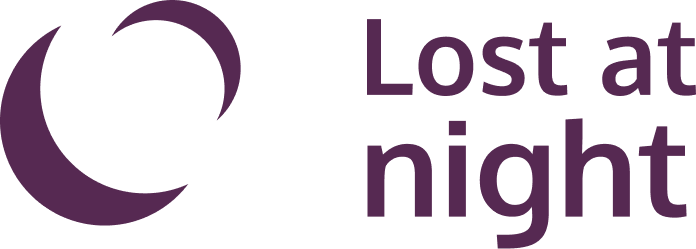
The Lost At Night application is designed to help georeference images taken by astronauts aboard the International Space Station (ISS).
The goal is to create a global map of Earth’s lights at night to measure and track light pollution. By accurately aligning images with geographical coordinates, the app contributes to valuable environmental data collection, which can be used for scientific research, monitoring light pollution, and understanding its impact on ecosystems and human health.
Lost At Night is an iniciative of the PLAN-B Project that uses citizen science methodologies to involve researchers, activists, enthusiasts and general public in tackling light and noise pollution across Europe. This application already brings up to date the previous ten years of work of the Cities At Night project.

Be part of the PLAN-B Community!
We invite you to take part in PLAN-B‘s activities and build a network of initiatives, researchers, activists, enthusiasts and the general public who want to contribute to tackling light and noise pollution in European ecosystems.
You will be able to participate in citizen science campaigns in the pilot areas of Gdansk (Poland), Leipzig (Germany), Belo Horizonte (Bazil) and Zaragoza (Spain), contribute to the mapping of the night sky with the Lost At Night app and take part in clustering events and dissemination of results together with sister projects, citizen groups and scientific associations.
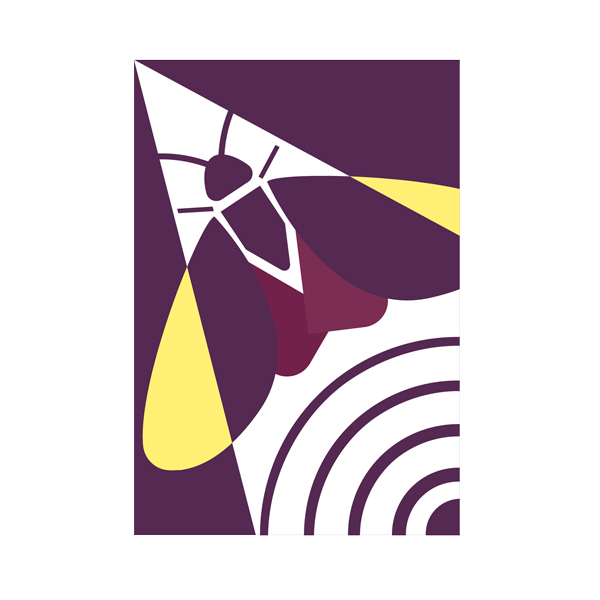
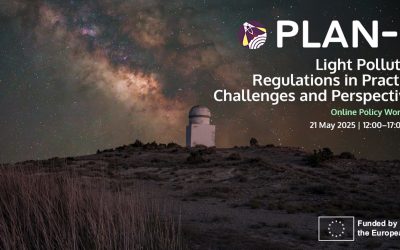
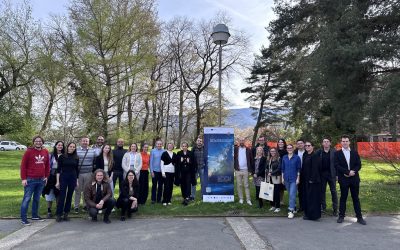
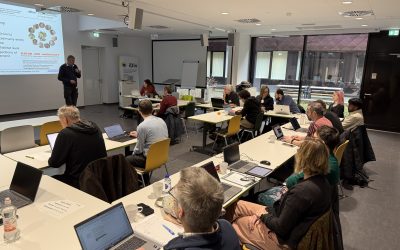
![[Report] Zero pollution monitoring and outlook 2025](https://plan-b-project.eu/wp-content/uploads/2025/03/Captura-de-pantalla-2025-03-12-a-las-13.05.53-400x250.png)
